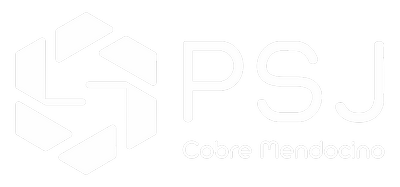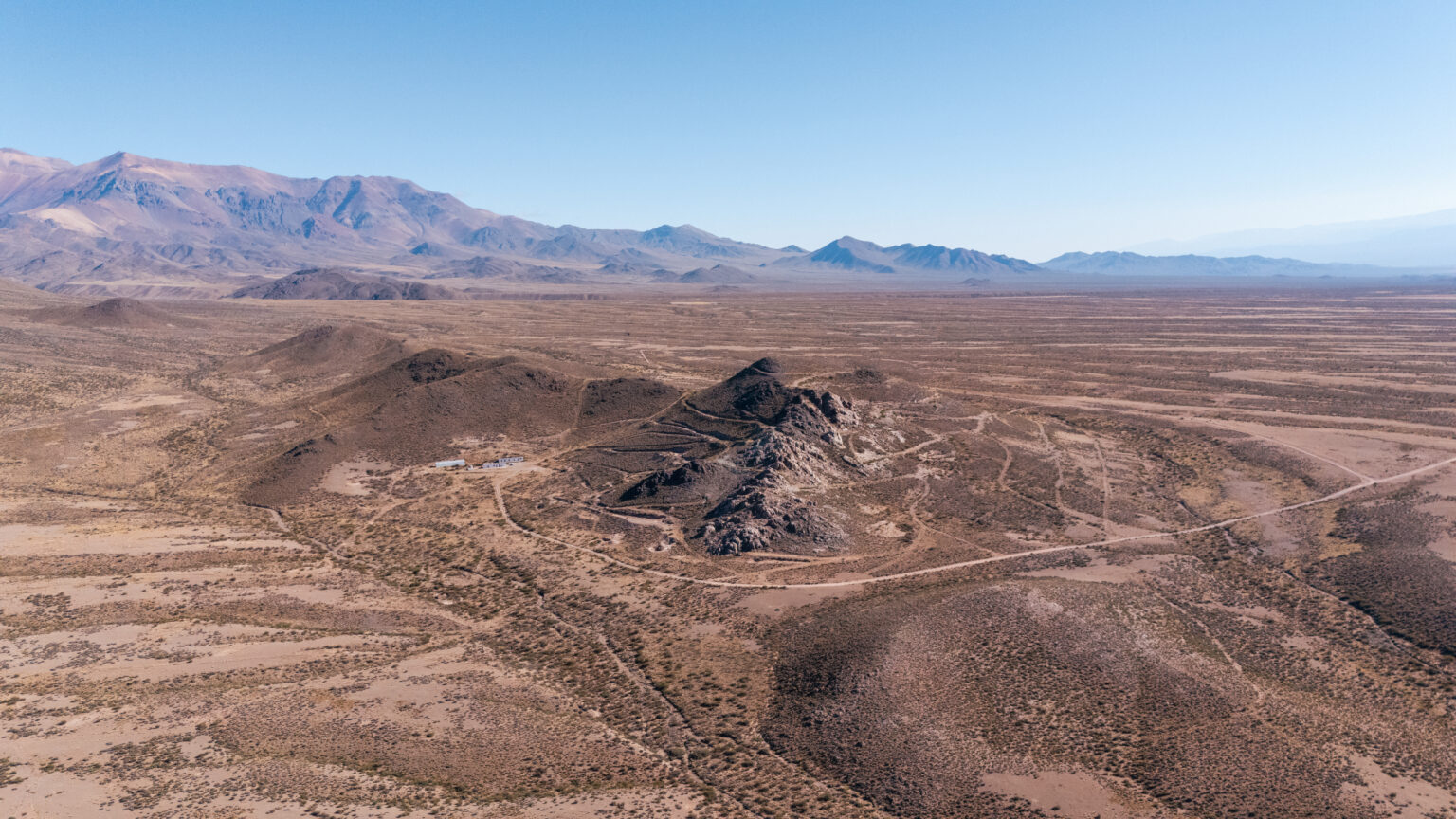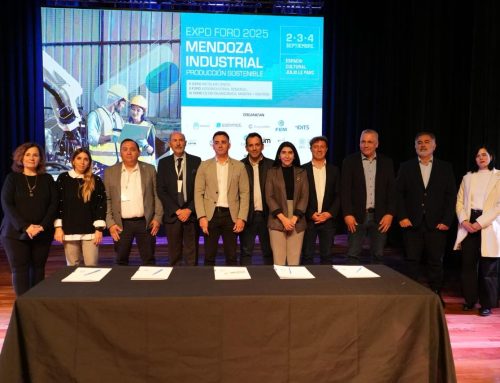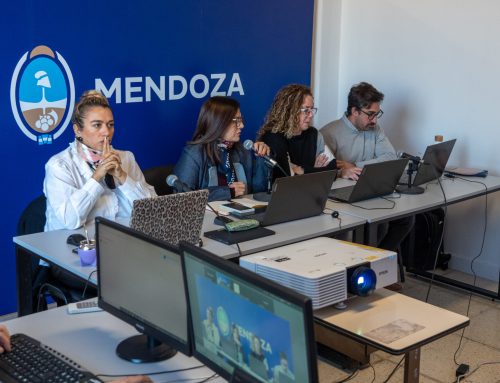PSJ Cobre Mendocino reaffirms its commitment to transparency, continuous improvement, and the full presentation of all technical information requested under current legislation. As part of this commitment, an expanded version of the Environmental Impact Report (EIR) has been submitted, further strengthening the technical foundation of the Project.
PSJ Cobre Mendocino values the technical work carried out by the Mining Environmental Authority, which reflects the Province’s institutional commitment to a rigorous, serious, and multisectoral evaluation of the Project.
The company especially recognizes the importance of the analyses conducted by different government agencies and by the National University of Cuyo Foundation. These contributions enrich the environmental evaluation process and help ensure a project aligned with international standards and provincial requirements.
As part of this process, and in response to a request for complementary information by the Environmental Authority, PSJ submitted an Expanded Report strengthening the Project’s technical basis and incorporating feedback and suggestions from technical evaluations.
PSJ believes that these institutional exchanges not only enhance environmental evaluation but also represent a virtuous exercise of technical dialogue contributing to the shared goal of ensuring sustainable, safe mining aligned with the principles of sustainability.
The Project’s technical team remains fully available to regulatory bodies and the public to provide further details as required.
Point by Point: Summary of the Expanded Report requested by the Mining Environmental Authority
a) Tailings/rock dump impermeabilization and Acid Rock Drainage (ARD) risk
The tailings facility design follows global best practices and modern technologies suited to site conditions. A representative sampling program (over 1,700 samples, with <5% error and 95% confidence level) was conducted for both dumps and tailings. Results show over 80% of samples are non-ARD generators, while a small proportion fall in the uncertain to low/medium potential categories. No high-risk samples were identified. Preventive measures include thickened tailings technology to minimize moisture, sub-drainage systems, evaporation/recovery ponds, and monitoring wells, with the option of additional impermeabilization barriers if required by authorities.
b) Expanded hydrological and climatic information for the High Andes
A detailed regional meteorological model was prepared using data from 15 stations in Argentina and Chile. This was applied to estimate seasonal flows of the El Tigre stream and the Yalguaraz watershed water balance, following international best practice.
c) Monitoring programs for water, soil, and air
Detailed “Environmental Monitoring Program Sheets” were provided for each component, covering objectives, sites and frequency, parameters, methodologies, baseline comparisons, and compliance with legal thresholds. The system allows real-time tracking and auditing by the Authority.
d) Management of pit-contact water
Information was included on drainage channels and ponds for water recovery and reuse. Preventive measures include sealing geo-structural faults with shotcrete.
e) Thickened tailings management
Modern residue management will reduce water content in tailings before disposal, improving operational and environmental safety. Preventive monitoring systems include piezometers, drainage channels, a sub-drainage layer, and monitoring wells with early warning systems.
f) Chemical reagents and safety sheets
The use of each biodegradable reagent (flotation, thickening, regrinding) is detailed, including daily quantities, degradation, and environmental behavior. Safety data sheets were included for MIBC, Isobutyl Xanthate, Polyacrylamide, and hydrated lime.
g) Heavy metals in groundwater
The program includes groundwater monitoring for heavy metals following Annex IV of Law 24.585. Additional analyses may be incorporated at the Authority’s request.
h) Electrical Sounding (SEV) studies
Geo-electrical surveys were performed to characterize subsurface conditions at the tailings area, integrated into the hydrogeological model.
i) Material and chemical flow diagrams
A flow diagram was provided showing inputs (ore, reagents), outputs (tailings, particulates), and final product (copper concentrate) over a 24-hour cycle.
j) Occupational health and safety monitoring
A program based on international OSH management standards was included, covering hazard identification, risk assessment, operational controls, health monitoring, training, audits, emergency preparedness, and incident management.
k) Biological compensation areas
The Environmental and Social Management Plans (7–10) include rescue, transplantation, and relocation of native flora and fauna (germplasm, cacti, reptiles, small mammals). Compensation measures include controlling invasive species in Yalguaraz wetlands and restoring 120 hectares with native species near El Tigre stream.
l) Tailings dam failure risk
Stability studies were conducted, including extreme storm and maximum probable earthquake scenarios. A Contingency Plan was presented with immediate actions, equipment, and procedures.
m) Transport routes and traffic analysis
Primary route: RN 7. Alternative routes via RN 40 to Pehuenche/Pino Hachado passes if Los Libertadores is closed. A safety stockyard at site is planned. Transport estimates range from 8–19 trucks/day, with temporary increases (<1% of annual average daily traffic). 30t trucks with sealed ISO-certified “Height Open Top” containers will be used for safe transport.
n) Land use in areas of influence
The report includes current land use and references the Provincial Land Use Plan (Law 8999), Municipal Plan (Ord. 56/2020), and Uspallata Zoning (Ord. 02/2017). Compatibility and mitigation measures are outlined, highlighting positive contributions to the Desired Territorial Model through investment, urban planning, and infrastructure support.






